For the 2025 school year, there is 1 public charter school serving 856 students in Flagler School District. This district's average charter testing ranking is 4/10, which is in the bottom 50% of public charter schools in Florida.
Public Charter School in Flagler School District have an average math proficiency score of 58% (versus the Florida public charter school average of 57%), and reading proficiency score of 54% (versus the 59% statewide average).
Minority enrollment is 38% of the student body (majority Hispanic and Black), which is less than the Florida public charter school average of 72% (majority Hispanic).
Overview
This School District
This State (FL)
# Schools
13 Schools
758 Schools
# Students
13,503 Students
398,152 Students
# Teachers
753 Teachers
17,602 Teachers
Student : Teacher Ratio
18:1
18:1
District Rank
Flagler School District, which is ranked within the top 30% of all 73 school districts in Florida (based off of combined math and reading proficiency testing data) for the 2021-2022 school year.
The school district's graduation rate of 90% has increased from 81% over five school years.
Overall District Rank
#19 out of 73 school districts
(Top 30%)
(Top 30%)
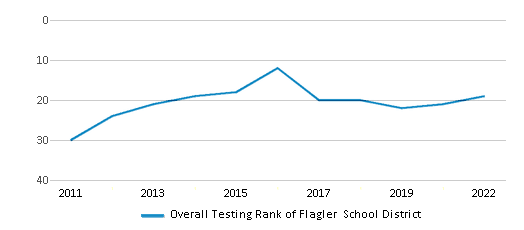
Math Test Scores (% Proficient)
57%
52%
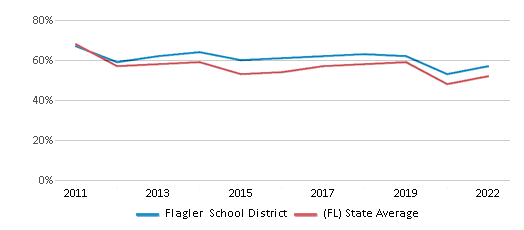
Reading/Language Arts Test Scores (% Proficient)
54%
52%
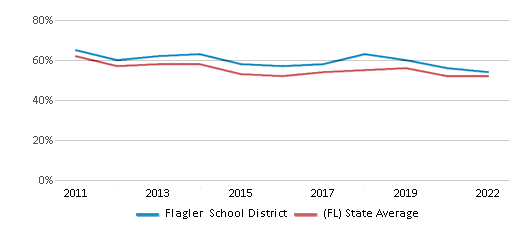
Science Test Scores (% Proficient)
57%
52%

Graduation Rate
90%
87%
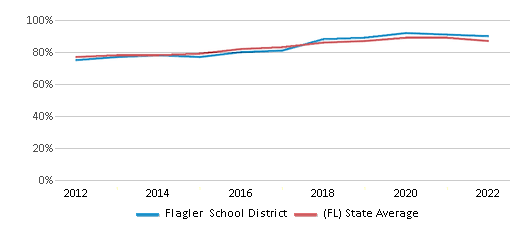
Students by Ethnicity:
Diversity Score
0.61
0.67
# American Indian Students
64 Students
1,018 Students
% American Indian Students
1%
n/a
# Asian Students
314 Students
11,806 Students
% Asian Students
2%
3%
# Hispanic Students
2,516 Students
184,788 Students
% Hispanic Students
19%
47%
# Black Students
1,817 Students
73,182 Students
% Black Students
13%
18%
# White Students
7,819 Students
113,159 Students
% White Students
58%
29%
# Hawaiian Students
19 Students
730 Students
% Hawaiian Students
n/a
n/a
# Two or more races Students
954 Students
13,469 Students
% of Two or more races Students
7%
3%
Students by Grade:
# Students in PK Grade:
105
1,935
# Students in K Grade:
883
33,180
# Students in 1st Grade:
860
33,802
# Students in 2nd Grade:
929
33,792
# Students in 3rd Grade:
1,031
33,836
# Students in 4th Grade:
965
32,634
# Students in 5th Grade:
938
31,149
# Students in 6th Grade:
993
38,407
# Students in 7th Grade:
1,060
38,336
# Students in 8th Grade:
1,094
35,557
# Students in 9th Grade:
1,151
21,185
# Students in 10th Grade:
1,180
20,972
# Students in 11th Grade:
1,207
19,947
# Students in 12th Grade:
1,107
23,420
# Ungraded Students:
-
-
District Revenue and Spending
The revenue/student of $11,136 in this school district is less than the state median of $11,962. The school district revenue/student has stayed relatively flat over four school years.
The school district's spending/student of $10,257 is less than the state median of $11,615. The school district spending/student has stayed relatively flat over four school years.
Total Revenue
$150 MM
$34,349 MM
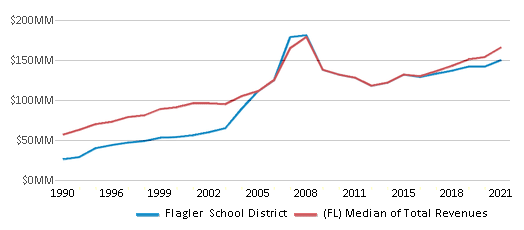
Spending
$139 MM
$33,354 MM
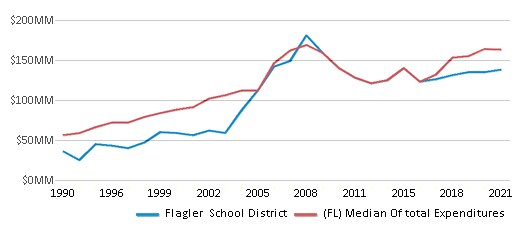
Revenue / Student
$11,136
$11,962
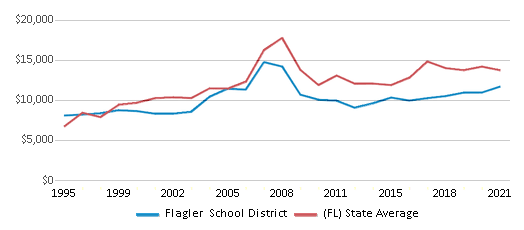
Spending / Student
$10,257
$11,615
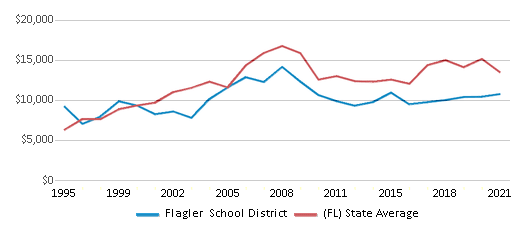
Best Flagler School District Public Charter Schools (2025)
School
(Math and Reading Proficiency)
(Math and Reading Proficiency)
Location
Grades
Students
Rank: #11.
Imagine School At Town Center
Charter School
(Math: 58% | Reading: 54%)
Rank:
Rank:
7/
Top 50%10
50 Cypress Point Pkwy Ste B1
Palm Coast, FL 32164
(386) 586-0100
Palm Coast, FL 32164
(386) 586-0100
Grades: K-8
| 856 students
Recent Articles

Year-Round Or Traditional Schedule?
Which is more appropriate for your child? A year-round attendance schedule or traditional schedule? We look at the pros and cons.

Why You Should Encourage Your Child to Join a Sports Team
Participating in team sports has a great many benefits for children, there is no doubt. In this article you will learn what those benefits are.

White Students are Now the Minority in U.S. Public Schools
Increasing birth rates among immigrant families from Asia and Central and South America, combined with lower birth rates among white families, means that for the first time in history, public school students in the United States are majority-minority. This shift in demographics poses difficulties for schools as they work to accommodate children of varying language abilities and socio-economic backgrounds.





